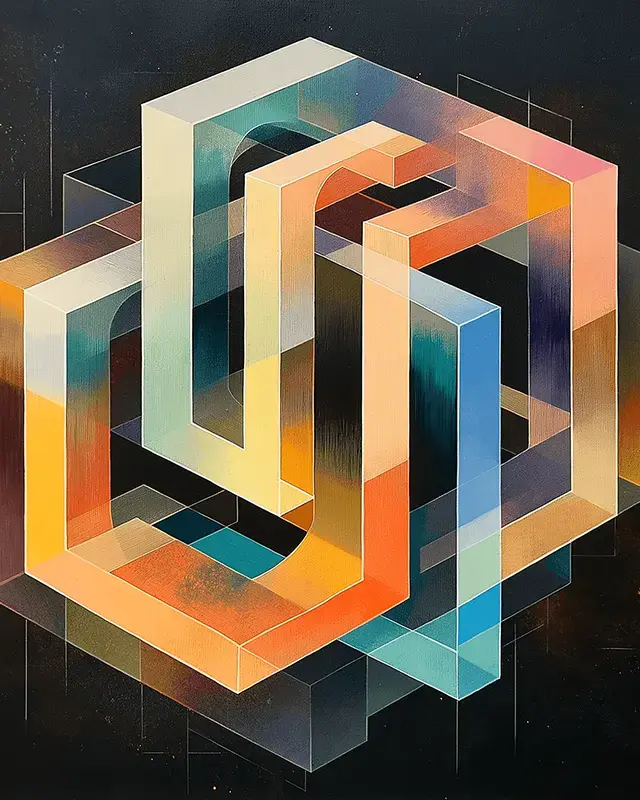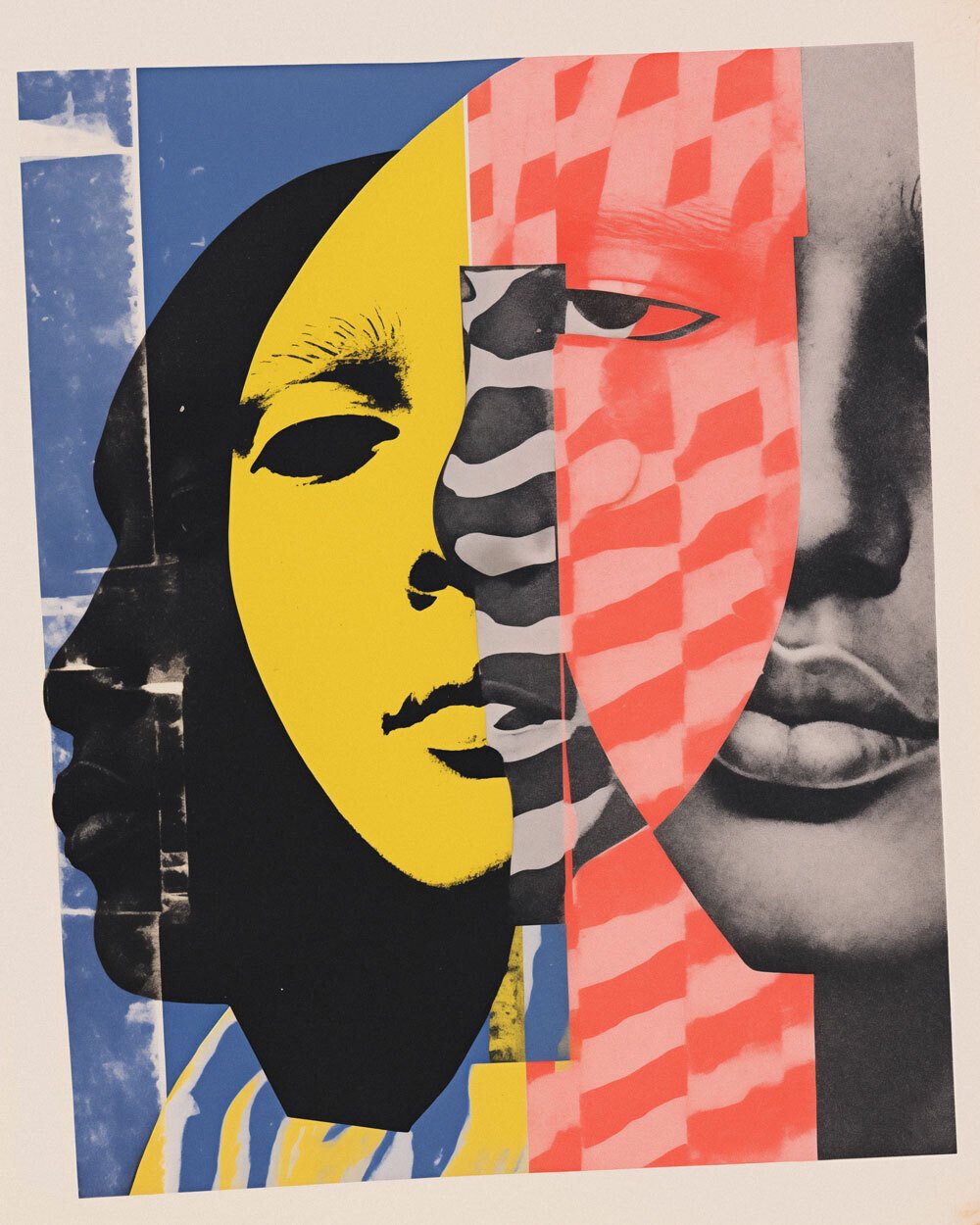At Moxie Sozo, audacity is our middle name. We've built a reputation for pushing boundaries and crafting brands that resonate on a deeper level. But lately, a question has been nagging at me: is creativity itself becoming a commodity?
Canva, once the darling of your aunt's DIY birthday invitations, is now a multi-billion dollar behemoth. Anyone with an internet connection and a passing resemblance to a designer can churn out "professional-looking" assets. Online freelance platforms like Upwork and Fiverr are overflowing with a global talent pool, turning bespoke projects into a race to the bottom. And then there's the elephant in the room: generative AI tools like Dall-E, Midjourney and Adobe Firefly, spitting out photorealistic and illustrative images based on a few cryptic keywords.
This isn't just about stolen thunder or bruised egos. The rise of these tools coincides with a surge in global creative workers. The internet has flattened the playing field, allowing talent from anywhere to compete. This is fantastic for diversity and access, but it also intensifies the pressure to churn out content—fast, cheap, and replicable.
Is this the creative apocalypse? A future choked by generic visuals and AI-generated mediocrity? Not quite. These advancements, while disruptive, paint a brighter picture than it seems.
This is a designer's moment to dispel the myth of finite creativity. It's not a dwindling resource like oil—it's a muscle. And like any muscle, it thrives when exercised in the right environment. Canva might make graphic design accessible, but it can't replicate the strategic thinking and understanding that breathe life into a brand. AI tools are dazzling, but they lack human touch—the ability to capture emotions, weave narratives, and challenge the status quo. Creativity is the interplay of artistic expression and an understanding of how others might be emotionally affected by that expression. In our case, that's developing a brand that speaks to a target consumer.
These advancements are a rising tide, lifting all boats. They've democratized access to creative tools, fostering a global pool of talent. This explosion of voices is a boon for diversity and fresh perspectives. It pushes Moxie Sozo, and other creative agencies, to up our game. We can't just rely on technical proficiency anymore—the bar for genuine creativity has been raised.
So, how do we navigate this new landscape? At Moxie Sozo, we're embracing the chaos. We're fostering collaboration, encouraging calculated risks, and prioritizing the power of storytelling. Technology is a powerful tool, not a replacement for human ingenuity. We're using AI to augment our thinking, not replace it. Firefly made us thousands of blueberries; it took our creative team to know which ones looked delicious.
The future of creativity isn't about replicating the past. It's about embracing the human factor—the beautiful messiness of the creative process. It's about injecting authentic stories and genuine emotion into a world increasingly defined by algorithms.
So, go ahead and fire up your favorite AI tool, folks. But remember, the machines can't replicate the magic that ignites when passionate humans come together to create something unique. That's the kind of creativity that will always be in demand, a beacon in a world that craves bold ideas and audacious execution.
%20(2).png)

.jpg)


